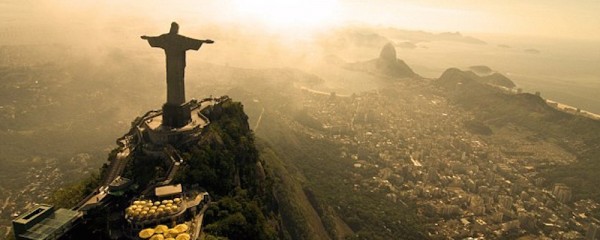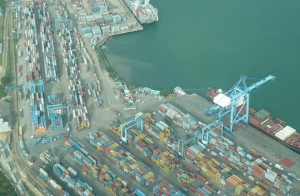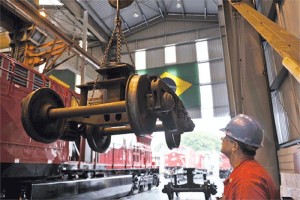27
Aug 2015
HOW BRAZIL MANAGES ITS TRADE GROWTH
Olá! Yes, it’s a Hello in Portuguese. Today, our topic comes from Brazil, yeay! Brazil is a country that has a quite high GDP compared to other countries in Latin America. Here is the analysis about how Brazil manages its trade growth.
Let’s Get Started
For the past 2 decades, Brazil’s annual trade growth surpassed 10%. But surprisingly, last year it dropped by 7% and the GDP only rose by 0.1% in 2014. What did happen in Brazil? How to get the economy back on track again? To do that, we have to know what obstacles that it has and how to solve them.
What Kind of Obstacles That Brazil Has And How to Solve Them?
Currently, Brazil has a problem about the exports limitation in the industries which have the greatest potential for improvement and actually Brazil has been facing this problem for quite a long time.
Reducing the export cost is one way to improve the current situation. To ship a container from Brazil, it costed more that $2,300 in average in 2014. It’s quite a high cost if we compare with a similar container in South Asia and even in sub-Saharan Africa. Brazil can increase its participation in global value chains by reducing this and other hurdles to trade, such as streamlining the administrative processes that slow the flow of goods. Bringing just two key supply chain barriers: border administration and transport and communications infrastructure, even halfway to the world’s best practices could unlock $84 billion in Brazil.
Based on the industry complexity and trade-related issues, Brazil would take a “horizontal” approach to trigger trade. This includes the industries identification that holds the highest potential for competitiveness, and taking an end-to-end view of the value chain in those industries to pinpoint the specific trade barriers that need to be addressed to allow the industry to reach a “tipping point” where it becomes competitive, thus enabling the flow of goods. For example, when the Kenya government improved the Nairobi-Mombasa road and expanded the Mombasa port, it led to much-needed private sector investment by exporters and transporters. Investments in refrigerated containers and covered trucks, along with support for smallholder farms to acquire export certification, enabled Kenya to reach the tipping point at which it became profitable for the country’s enterprises to serve new European markets for its avocados. As the result, it helped Kenya to triple its avocado exports.
Port of Mombasa from Above
There are so many barriers in Brazil’s supply chain. To improve its exports, Brazil needs to understand which industries hold the biggest potential for improvement and which supply chain barriers should be prioritized to unlock that potential. There are 4 main barriers for trade: market access, border administration, infrastructure and business environment.
In Brazil’s automotive industry, $ 110 million could be saved in the components import cost used in the automotive manufacturing process if it reaches international cost benchmarks. By lowering those import costs, it would make a more competitive situation for companies to build cars for export given a portion of the imported components are used in the exported cars. In the re-export process, the government has provided companies with tax exemptions, but the process to obtain those exemptions is still complex, with too much detail required from companies and too many controls.
Automotive companies also would be better positioned to boost exports with clearer and faster import licensing procedures, allowing them to operate with reduced inventory levels. Brazil could improve its competitiveness by more aggressively investing in new port terminals that make it faster and cheaper to export. Finally, Brazil could benefit by establishing more bilateral agreements with other countries for automotive industry exports.
The same issues that inhibit exports in the automotive industry limit expansion in other sectors, too. Brazil is the second largest soy exporter in the world, and it has the potential to unlock more exports, through the removal of some bottlenecks in inland transportation that turn some soy areas in Brazil less competitive than the US. Brazil is growing at a rate that is below the world average. This situation will surely change when the country targets industries with the highest potential for growth through the elimination of trade barriers. Then the country could apply a systematic approach to removing those obstacles – in line with its current growth strategy and fiscal adjustment policies.
For Brazil, the most efficient and effective way to activate and improve exports is to view trade barriers across the end-to-end value chain in the most important industries, and then tackle those barriers to make the industry competitive.
“Victory is reserved for those willing to pay its price – Sun Tzu”
Source: World Economic Forum

































